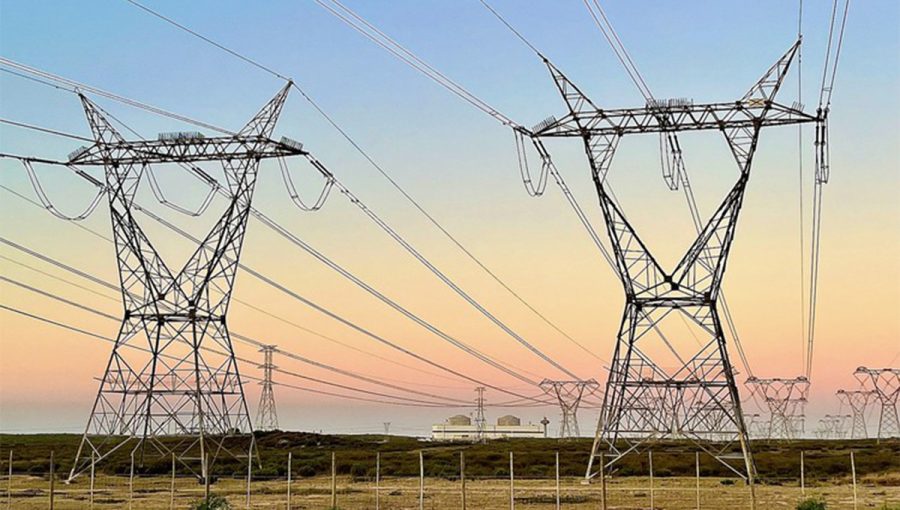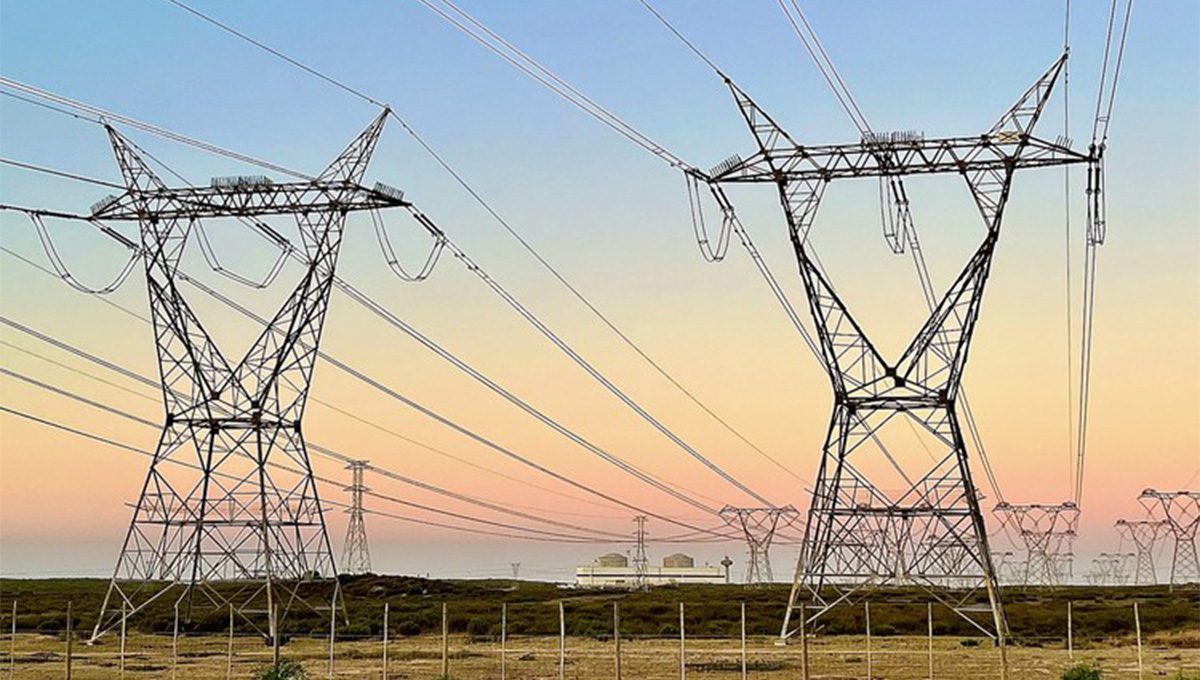
Will a State of Disaster fix the electricity crisis? An engineer weighs in
Eskom’s financial reports from December 2022, read by candlelight as they may have been, paint a picture that may surprise. The embattled utility has been able to bring its debt burden down to about R400-billion, from a peak well over R500-billion in 2020. It has trimmed its other liabilities enough to bring its losses down […]

Eskom’s financial reports from December 2022, read by candlelight as they may have been, paint a picture that may surprise. The embattled utility has been able to bring its debt burden down to about R400-billion, from a peak well over R500-billion in 2020. It has trimmed its other liabilities enough to bring its losses down to R12.3-billion which means that, were it not for debt servicing costs of R70-billion, Eskom would be a profitable venture.
That financial picture, on its own, would suggest that it wouldn’t take much outside intervention to restore Eskom to a profitable entity, capable of growth. Some of that outside intervention has already occurred, with NERSA approving an 18.65% tariff hike for 2023/2024. In the absence of other factors, this would add enough revenue to restore Eskom to profitability by 2024.
But the financial discipline required to claw Eskom back to this point came at a high cost to all of us. The economic losses due to load shedding have been estimated at R900-million per day, a figure which, if allowed to continue to the end of the year, would exceed Eskom’s entire annual revenue of about R240-billion. On the surface, then, the State of Disaster declaration appears to have some merit. Electricity supply has national importance far beyond Eskom’s business prospects.
But there are a multitude of reasons to worry about the declaration. These include constitutional questions – allowing a government to grant itself additional powers in response to a crisis for which it is itself largely responsible is a dangerous precedent and creates appalling incentives.
There are also clear financial concerns – the State of Disaster declared during the Covid pandemic triggered the frenzied looting of emergency funds. There is also a dangerous operational precedent. In 2015, then-Deputy President Ramaphosa promised that load shedding would end within 18 months. That promise very clearly didn’t come to fruition but 18 months after it was made it looked as though it had, as South Africa had no load shedding in 2016 and 2017. Behind the scenes, however, this short-term success was accomplished by imposing strict performance targets on coal-fired power stations that couldn’t reach them without compromising maintenance and accumulating long-term damage.
It seems likely that the same approach may be in the pipeline now, given that the proposed rescue plan outlined by the utility’s new board largely consists of increasing performance at existing plants without any specifics on how those improvements are to be achieved. It is not clear whether a State of Disaster could achieve those targets in a sustainable way. The coal fleet’s performance issues are not easily fixed – they result in large part from a range of issues with coal quality standards, the most fundamental being too much sulphur in coal resulting in corrosive damage to boiler tubes, leading to high failure rates.
A State of Disaster could perhaps be used to justify a Force Majeure declaration on contracts supplying sub-standard coal but it would still take a considerable time for alternative supplies to be secured and used. The other potential advantage would be that the declaration could be used as a justification to disregard emissions laws that prevent boilers from being operated at higher oxygen content, which lowers the rate of sulphidation corrosion.
But neither of these measures would yield rapid results. The damaging effects of sulphidation are gradual so even if their source is removed, elevated failure rates would persist as a result of accumulated damage that has already occurred. Moreover, there has been no indication that there is the political will to reform coal supply contracts, and Eskom is already flouting emissions laws throughout its fleet.
Thus, the benefit of a Force Majeure is unlikely while lower emission laws are already disregarded.
Consequently, political pressure to extract higher performance from the coal fleet has to be viewed as more likely to result in long-term deterioration than long-term improvement.
Other measures mentioned by President Ramaphosa in his State of the Nation Address are perhaps more promising. He mentioned tax incentives for rooftop solar panels, and the future establishment of a competitive electricity market, which can be presumed to include feed-in tariffs. The latter must be treated as an urgent priority. The rapid and accelerating installation of private solar panels already threatens Eskom’s business viability and the revenues of municipalities that heavily depend on electricity sales. Feed-in tariffs offer a quick fix for this issue, by turning private solar into a source of cheap energy for the grid.
But these measures don’t require a State of Disaster to be implemented and were in the pipeline already. One could argue that bundling them into a disaster response plan would worsen their long-term viability because, firstly, it would place them under the management of temporary structures that will in principle later be dissolved and because it will loosen financial oversight.
The only genuine benefit of the State of Disaster that is readily apparent from the details of the speech is that President Ramaphosa discussed using emergency measures to exempt key sectors and industries from load shedding or to otherwise provide emergency assistance to mitigate its effects. This would likely mean a secure power supply for hospitals and water reservoir pumps, mainly, along with key points in the food supply chain.
While highly important, it’s debatable whether these items necessitate a national state of disaster, or if they could have been dealt with through other avenues. The creation of the post of minister of electricity, as was also announced, would likely provide suitable funding mechanisms in and of itself. Besides, if there were the genuine political will to deal with these issues, they could have been dealt with years ago.
Purely from an engineering and energy availability standpoint, the State of Disaster declaration is poorly justified and carries some risk of actively worsening our long-term energy security.
The author lectures in Wits University’s Chemical Engineering Department.
Published originally on GroundUp| By Neil Thomas Stacey
